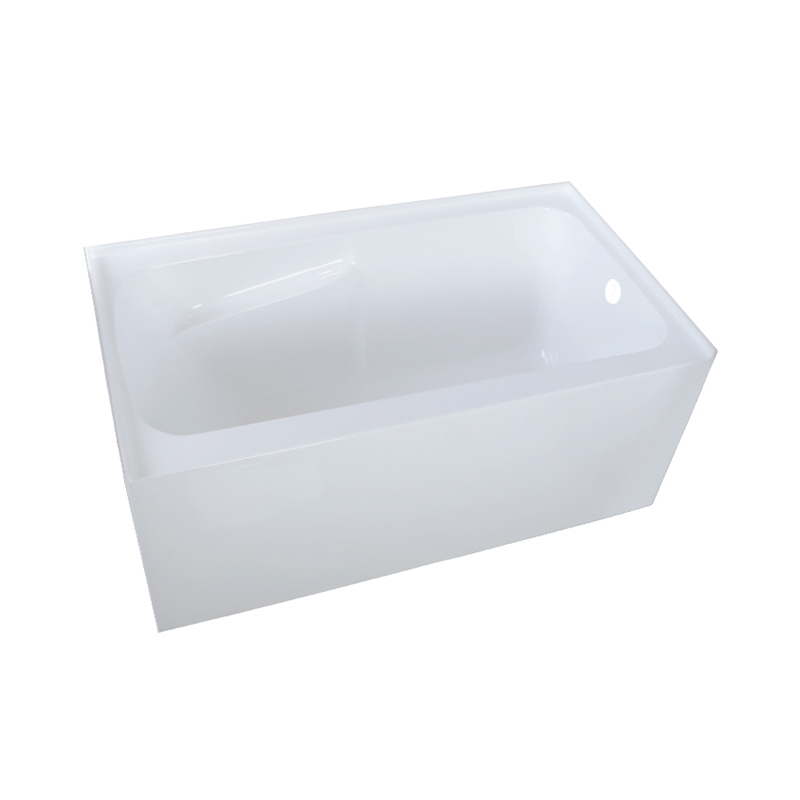The primary material that's now being used to make sanitary ware is ceramics. Ceramic is one of the earliest materials used in the manufacturing of pottery. While ceramic still remains a key component for high quality ceramics, another material known as Quountine has been gaining popularity for use in a variety of household appliances. Quountine is made from a combination of quartz and aluminum oxide and its most commonly used components are quarts, cups, bowls and jars. It is strong enough to be used as sanitary appliances and extremely flexible to fit into any space.
Quountine isn't the only material available to make sanitary ware with today. Another option is Teflon coated ceramics which are hard enough to be used in food service equipment but flexible enough to fit into just about any space. Teflon offers the benefit of being completely non-toxic when properly used and also has excellent heat and abrasion resistance. Quountine and Teflon coated ceramic items are used to make countertops, plates, cutlery, plates and silverware.
Good quality sanitary ware is made with a combination of porcelain and other materials such as stainless steel. When looking at what material your needs may be, you should consider how easy it will be for other users to get hold of your supplies, whether it will have good water absorption capacity and how easy it will be for you to maintain and clean the items. The more complex the design of the product, the more expensive it will be but a good idea to look at all your options before settling on any one particular product.
Ceramic fixtures can come in a range of colours. Black, white and grey are popular but there are also lots of different finishes such as gold-plated, brass-plated and silver-plated. Think about the different properties of each material including strength, durability, ease of cleaning and water absorption capacity before deciding on a finish. You may also need to consider how the products will look once they've been installed and the different types of fittings you can use including hooks, locks and eyelets.
A final consideration when buying good sanitary ware is how well it will fit into your bathroom design. You will want to ensure that the products you buy will be compatible with your existing tiles, fixtures and fittings. This will ensure that you don't need to make any changes to your existing design which could be very costly. If you're going to install sanitary ware into an older bathroom you may find that there is not a lot of scope for changes to your existing design which could result in you having to completely remodel your bathroom.



 英语
英语 法语
法语

